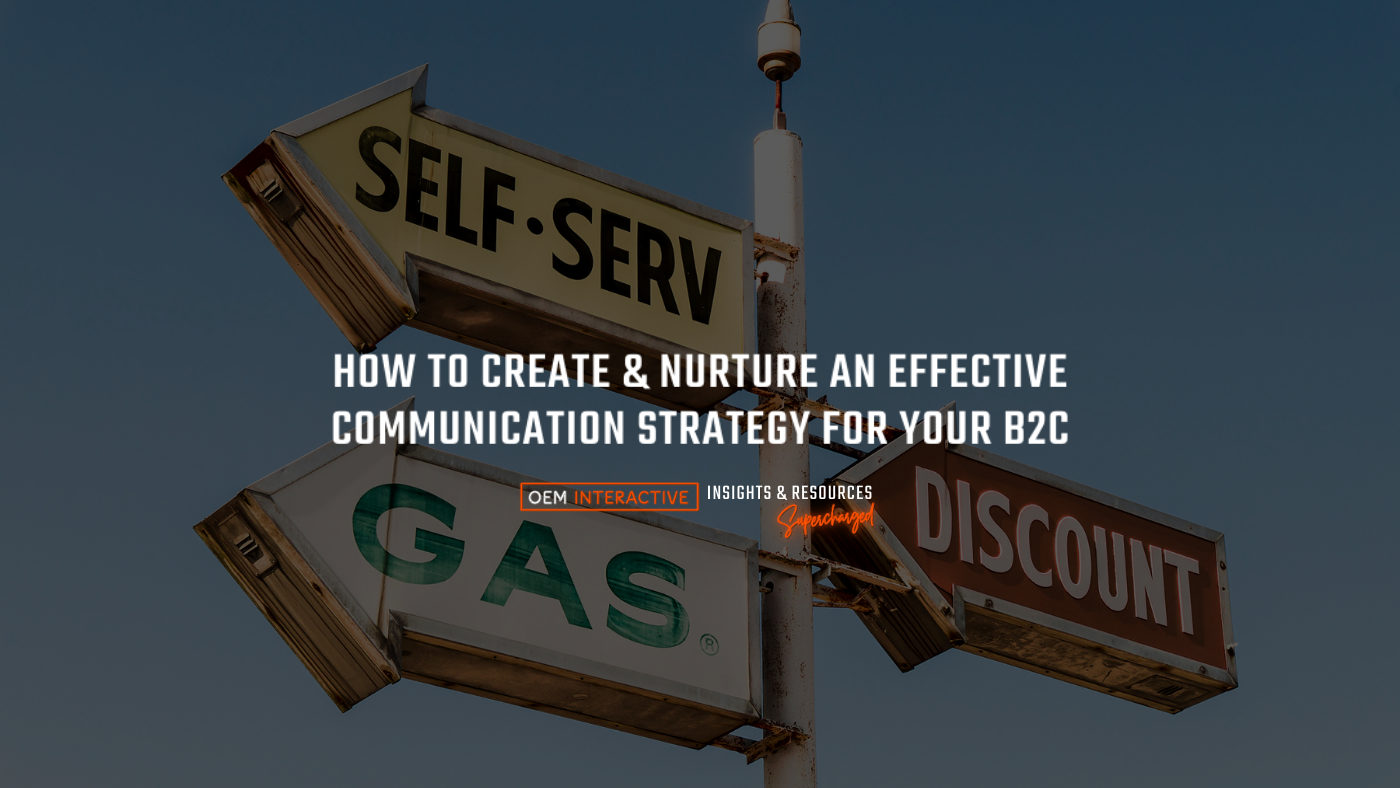Auto parts revenue has been steadily increasing over the last 20 years, but the percentage of income spent at brick-and-mortar auto parts stores has actually declined over the same period. Like many other fields, the auto parts industry has been forced to adjust to the rapid growth of ecommerce sales.
While it’s easy to perceive this change as a threat, forward-thinking vendors will seize on this opportunity to stake out a niche in the online auto parts market. In this article, we’ll cover some of the most important ecommerce trends for auto parts vendors to be aware of in 2021 and beyond.
The Impact of COVID-19 on Ecommerce
It’s no surprise that ecommerce sales shot up dramatically in response to the pandemic, but parts ecommerce in particular was already experiencing sustained growth before COVID-19. In fact, those sales roughly doubled between 2015 and 2019 alone.
That long-term trend, combined with the effects of the pandemic, makes this the best time for auto parts vendors to be selling online. Customers are spending more on auto parts during the pandemic, and a higher percentage of that spending is coming through online channels.
While ecommerce is becoming more popular among all age groups, online parts sales are particularly important for targeting younger demographics. A full two-thirds of millennials prefer online shopping to shopping at a physical storefront. Not to mention, the largest group of online auto parts and accessories shoppers are between the ages of 25 and 34. This group also spends the most money.
Parts ecommerce is already a $16 billion industry, and this growth is largely being driven by millennials and Gen Z consumers who prefer to shop online whenever possible. The need for parts vendors to develop stronger online sales funnels will only become more clear as younger consumers continue to take up a larger share of the market.
Mobile Auto Parts Sales
As mentioned earlier, younger consumers are driving the growth of ecommerce sales and the transition toward new ways of buying auto parts. This trend is especially salient with respect to smartphone sales, which are most common among millennial and Gen Z consumers.
That being said, building a mobile presence is about more than smartphone sales. Many consumers compare vendors and perform research on a mobile device before completing an order on their desktop. Furthermore, customers who make purchases on a desktop tend to spend more on each order compared to those who finish the purchase on a mobile device.
With that in mind, it’s crucial for auto parts vendors to build an omnichannel experience that makes it easy for consumers to complete the customer journey on multiple devices. Slowdowns or technical issues at any stage of the research and buying process can lead to a substantial drop in sales.
3 Benefits of Selling Auto Parts Online
Appeal to More Customers
With ecommerce continuing to take over a larger proportion of parts revenue, vendors that continue to limit themselves to brick-and-mortar sales will face a smaller and smaller audience every year. The longer you wait to sell and market your products online, the further you will fall behind vendors who are aggressively expanding into the ecommerce market.
Sell Obsolete or Idle Inventory
Without a strong online presence, your margins may be affected by obsolete products or idle inventory that’s too difficult to turn over. By some estimates, roughly 30% of the average dealership’s inventory is idle, representing nearly $300,000 in obsolete and aging parts.
After setting up an online sales funnel, you’ll have an easier time connecting with buyers who are interested in those parts. Along with increasing sales, this will also help you optimize product turnover and minimize the cost of idle inventory.
Maximize Your Absorption Rate
When it comes down to it, the bottom line is that selling parts online is a powerful way to increase your profit and absorption rate in the current marketplace. With an absorption rate of just 70%, the average dealership has to make up a lot of ground just to break even every month.
Profit margins tend to be lower online than they are in-person due to the competitive landscape and the ease at which customers can find lower prices from other vendors. There’s no way around this in the ecommerce market—your brand won’t even make it in front of potential customers if your prices are significantly higher than the competition.
On the other hand, while in-person parts sales are naturally restricted by the size of your parts department and the population in your area, the sky’s the limit when it comes to selling parts online. With that in mind, parts ecommerce is more about volume than margins—even a margin of 5% or less can add up to a substantial profit if you’re able to sell enough parts, especially when you factor in profit from tacking on extra shipping fees.
How to Sell More Auto Parts Online
Offering products online is a critical step toward improving auto parts sales, but it’s important to remember that you’ll be entering a crowded market. Simply creating an online storefront isn’t always enough—you’ll also need to find ways to drive traffic and motivate customers to buy from you rather than another vendor.
Differentiating yourself from other online vendors is one of the biggest challenges for auto parts sellers who make the move to ecommerce. Partnering with an experienced parts marketing organization will help you connect with consumers who are looking to buy auto parts online.
To illustrate the benefits of working with an agency that specializes in Parts Marketing, OEM Interactive partners saw an average sales increase of 135% between 2019 and 2020 alone, and they’re already pacing ahead of last year’s sales in 2021. Our partners have also seen an increase in their return on ad spend (ROAS) year-over-year. April 2019, the average ROAS for our partners was $18.7, 2020 average ROAS was $28.2 and year-to-date in 2021, our partners are averaging an incredible $49.6 return on ad spend.
The growth of parts ecommerce has completely transformed the landscape for auto parts vendors, and you can approach that change as either a threat or an opportunity. Don’t hesitate to check out our website and reach out to our team for more information about marketing your online store and how we can help you sell more parts online!




